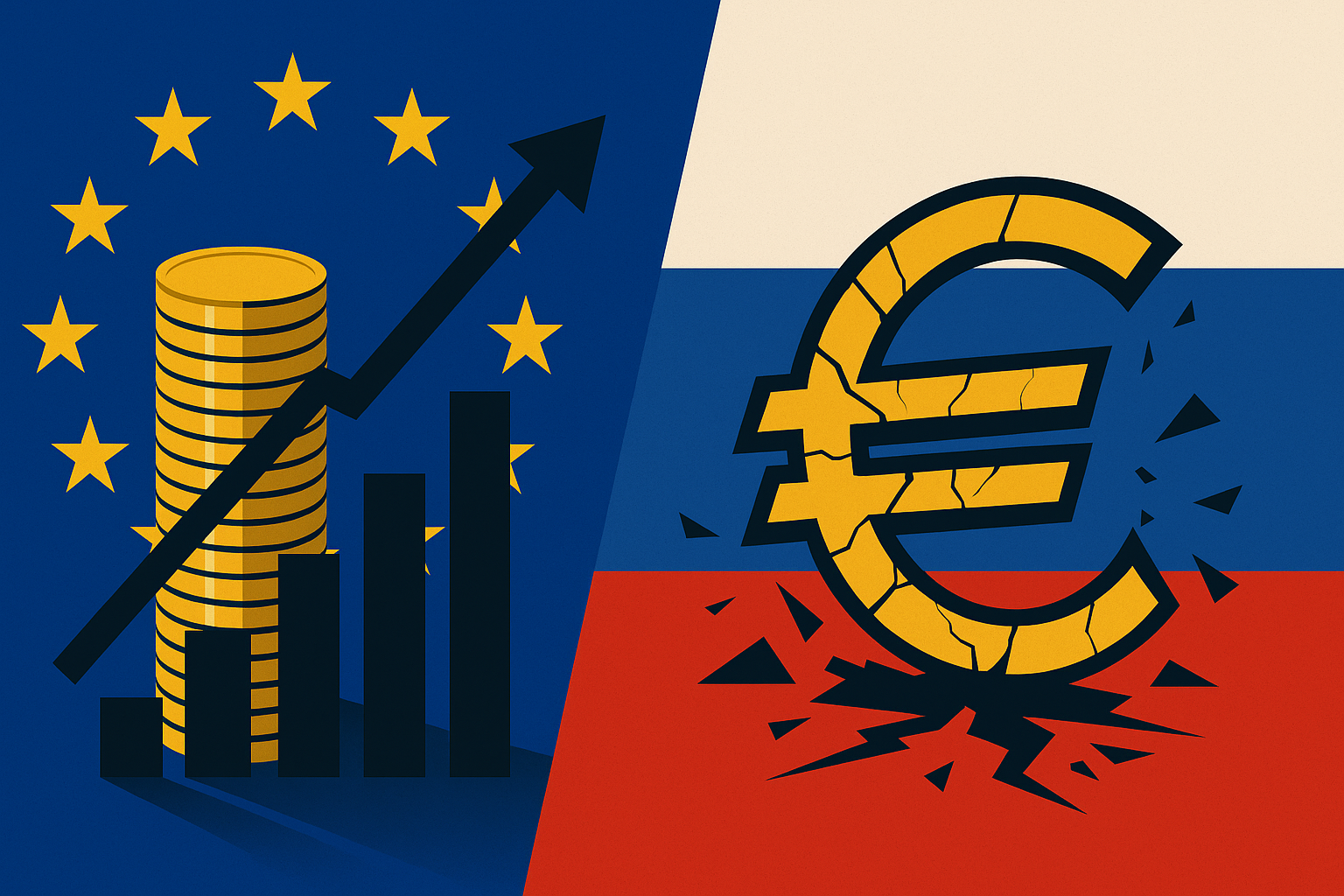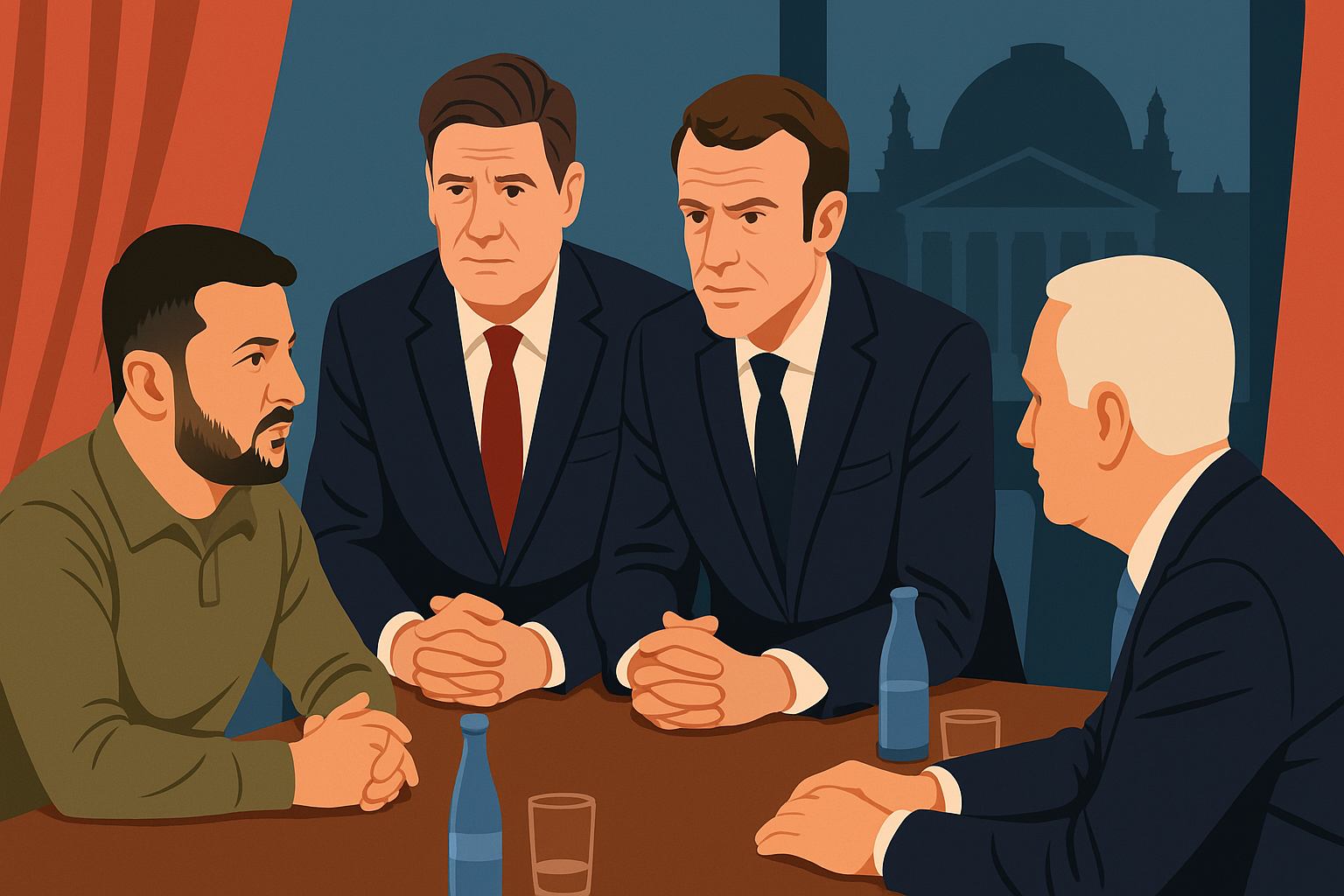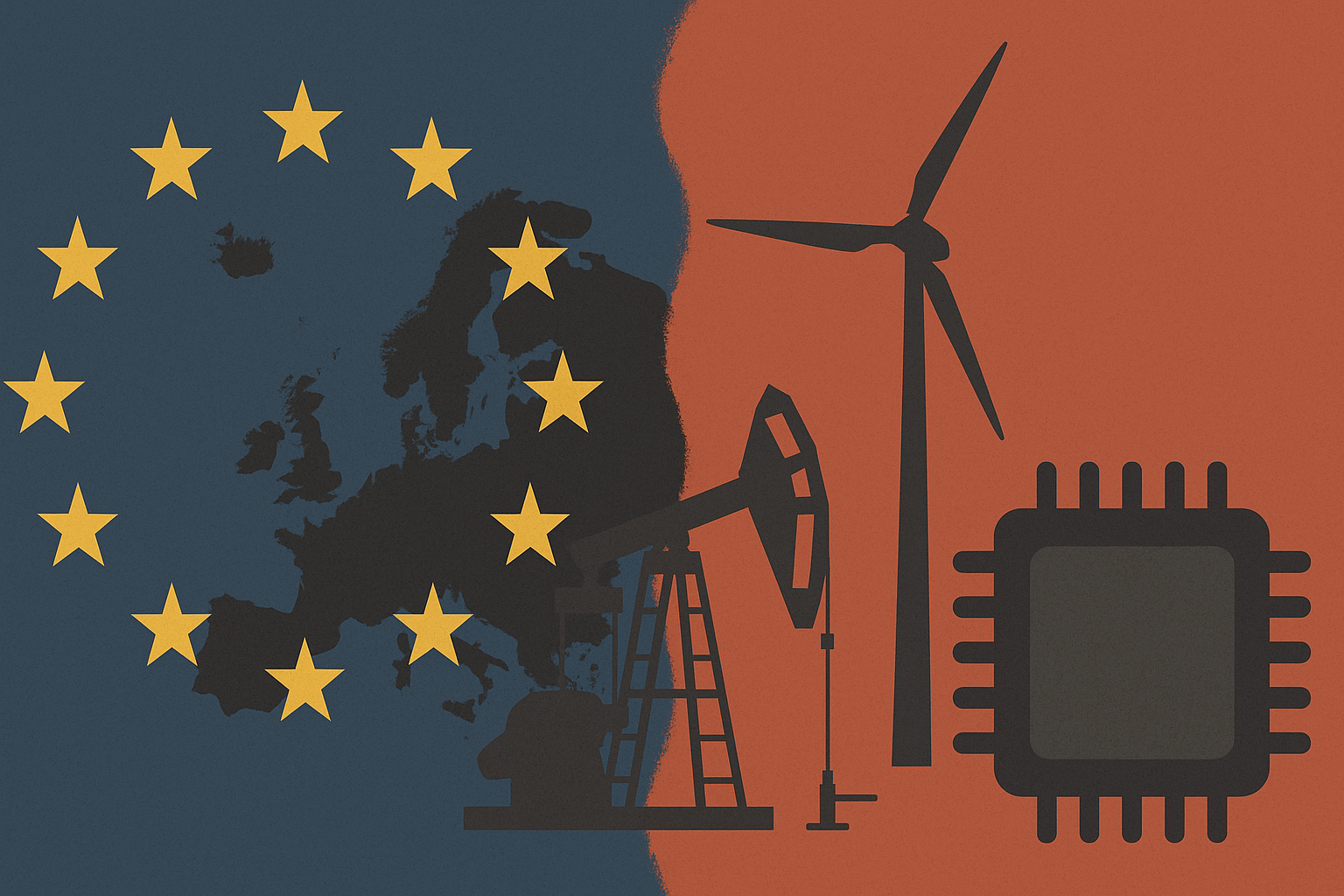In a climate of growing political interference and leadership uncertainty at the U.S. Federal Reserve, President Donald Trump is once again signaling his desire to remove Fed Chair Jerome Powell. The latest justification? Alleged cost overruns in the renovation of the Fed’s Washington headquarters. While the markets remained largely unfazed by the reports, this development underscores the increasingly fragile relationship between the White House and the central bank.
Trump vs. Powell: A New Front
On Friday, Russell Vought, director of the Office of Management and Budget, sent a letter accusing Powell of “gross mismanagement” due to the “ostentatious” refurbishment of the Fed’s main building. Though firing a Federal Reserve chair “for cause” would face significant legal hurdles, Trump allies have seized the opportunity to publicly challenge Powell’s leadership.
Kevin Hassett, a key economic adviser to Trump, reinforced this effort during a CNBC appearance, stating that the idea of removing Powell was actively being “looked into.” He also took the opportunity to praise Trump’s business record and downplayed current inflation, claiming the consumer price index was at its lowest in over a decade — a claim at odds with available data.
Former Fed governor Kevin Warsh went even further during a Fox News interview, calling for a full “regime change” at the Fed. Warsh blamed the institution’s loss of credibility for a rise in long-term Treasury yields following a major rate cut last year. However, economists have long noted that the direct link between Fed policy rates and long-term yields has weakened — a phenomenon first flagged by Alan Greenspan in 2005 and observed in other economies like the UK.
Playing to an Audience of One
The public rhetoric from figures like Warsh and Hassett seems more tailored to win Trump’s approval than to present coherent economic analysis. By ignoring well-established research and economic realities, their messaging appears aimed at gaining favor for a possible nomination as Fed chair.
Powell, for his part, has indicated he would mount a legal challenge to any attempt at dismissal. In response to the accusations surrounding the building renovation, the Federal Reserve has published an FAQ to clarify the project’s scope and justification.
The Communication Gap
This renewed conflict highlights a broader issue: the growing politicization of the Federal Reserve and its impact on public trust. Trump’s repeated criticisms of Powell may undermine the credibility of the Fed as an institution — weakening the effectiveness of its public messaging.
Historically, central banks directed their communications toward economists and financial markets. But recent years have seen a shift toward engaging the broader public, using clear communication to anchor inflation expectations. Despite this effort, there remains a gap between how professional forecasters and ordinary households interpret Fed announcements.
A recent academic study describes this phenomenon as the “Delphic effect”: when the Fed warns of future inflation, households believe it, adjusting their expectations accordingly. However, unlike market professionals, the public often misses the accompanying reassurance — the “Odyssean” commitment to fight inflation by raising interest rates if needed. This miscommunication can risk turning warnings into self-fulfilling prophecies.
A Look at the Data
A recent bar chart from the FT’s Monetary Policy Radar project illustrates that a model based on the sentiment of FT news articles — dubbed the “macro mood index” — has outperformed both standard benchmarks and the Fed’s own models in forecasting U.S. inflation.
Final Thoughts
As the Trump administration continues to scrutinize the Federal Reserve, aspiring Fed chairs are aligning their narratives to appeal directly to the President. In doing so, they risk undermining their credibility — and the institution’s — at a time when effective communication and public trust are more vital than ever for U.S. monetary policy.
Further Reading & Resources:
- Full Article on FT.com
- Claire Jones on the Fed’s future under Trump
- New research: How U.S. debt levels influence Treasury rates
- FT’s “Macro Mood Index” and monetary policy insights
This article is a reformulated summary of the Financial Times newsletter written by Joel Suss.








